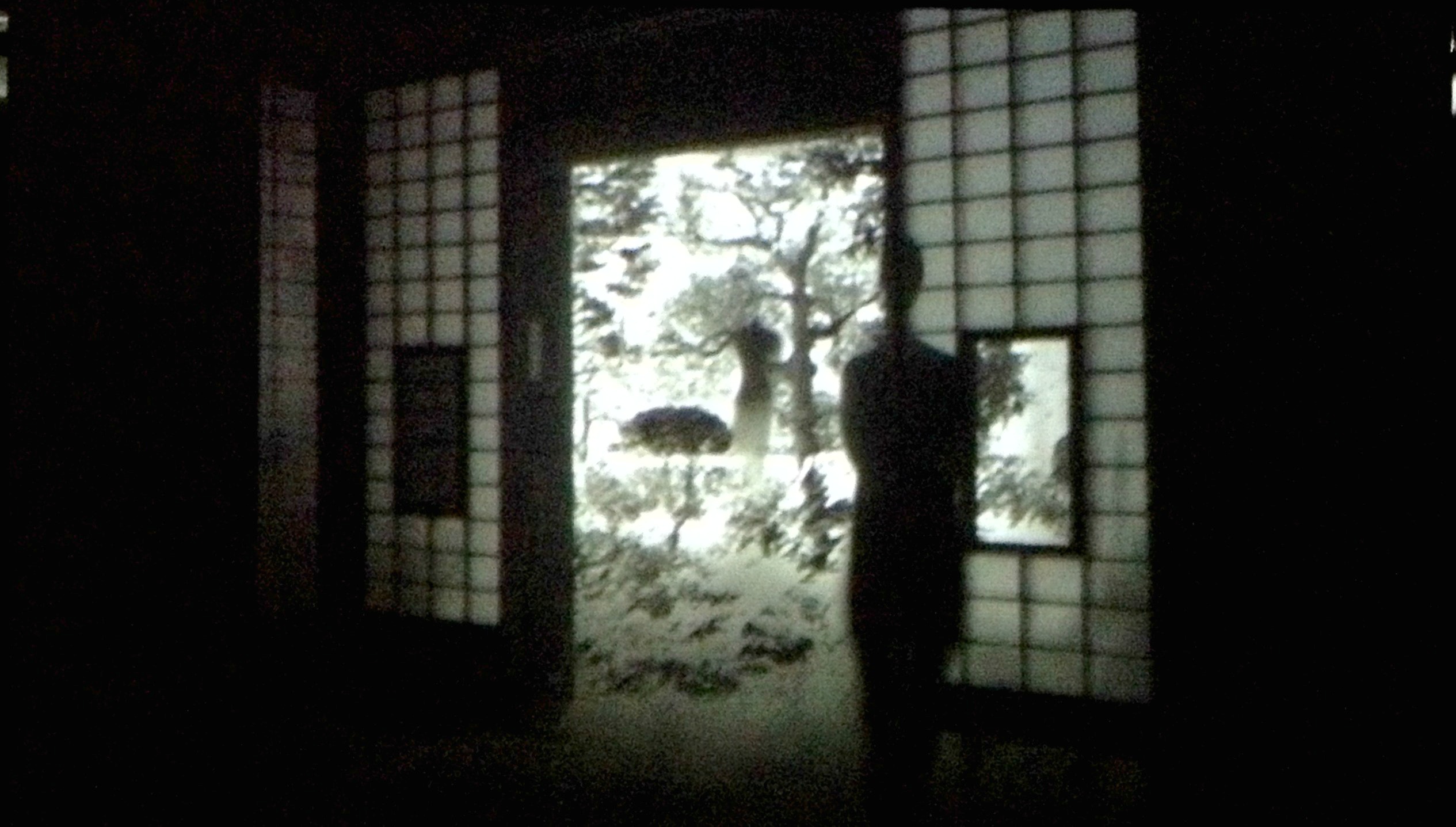State Of The Arts: Fusing Music With Visual Arts For The Soluna Festival’s Future
ArtandSeek.net May 19, 2017 20Dallas’ third annual Soluna Festival, currently underway in the Arts District, has major performances planned by the Dallas Symphony, Texas Ballet Theater and Dallas Black Dance Theatre. Art & Seek’s Anne Bothwell and Jerome Weeks spotted two smaller works that might get overlooked – but they signal an opportunity, a purpose.
Yeah, Jerome, that’s not completely accurate. Soluna has shown video and visual works. And Aurora has shown some works indoors, too, like Alicia Eggert’s electric light-bulb signs inside the Winspear.
Well, there are two smaller works in Soluna that mix things up a bit. The first one’s a soundscape at the Crow Collection of Asian Art called ‘We Know You’ve Got Soul’ — it’s the Crow’s first effort with Soluna. Henri Scars Struck is a French composer and pianist who’s collaborated with people like Madonna and Yves Saint Laurent. He was commissioned to create audio for an exhibition of spare, striking contemporary landscapes that combine ink drawing (by Arnold Chang) and photography (by Michael Cherney), landscapes that were meant to evoke ancient scroll paintings.

Perspectives 2 and Perspectives 1 (top) by Arnold Chang and Michael Cherney
Struck actually created different sound pieces for the individual galleries, even for the stairs. Here’s Struck on using sound to amplify this kind of visual experience:
What we forget is music is the most powerful thing on the brain. Music embeds moments of your life and when you listen to a piece of music you didn’t listen since 20 years, suddenly you’re there. So I think it makes you travel, it creates emotion, it’s like a score, like a soundtrack to the museum.
Through the galleries and with the artworks, Struck’s piece is meant to track the path a soul travels. The work ends with sounds of 62 people speaking in 32 different languages, and all of them are addressing a loved one who has died. So the music may be ‘a soundtrack’ to the artworks, but it also stands on its own.
But for this Soluna, Dufour has created something more elaborate. It’s called ‘Dreamspace,’ and this time, Soluna does go outdoors. Ghostly, repetitive videos will be projected on the side of the Meyerson Center. And Dufour and his wife Lee — functioning as the team, Agence 5970 — have created 20 musical sequences. These will be triggered and influenced by audience movements and by people reading poems, poems on outfits worn by members of the Bruce Wood Dance Company.
That sounds pretty complicated.
To me, that conveys very well that sense that you have in dreaming, where you feel that no action reaches its full accomplishment. In a dream, you never fall down to the floor. So there’s always a sense of suspension and the movement always percolates into another one.
So Struck created a soundtrack for the Crow exhibition. Essentially, Dufour has created a soundtrack and the movie and made it all interactive.

An image from a video in ‘Dreamspace.’ Photo: Jerome Weeks
I’m not saying Soluna needs to offer something for everyone; it can lose any sense of identity that way. But the festival is a rare occasion when the city’s leading arts groups are not so siloed.
And that was a reason Soluna was created – to encourage collaboration in the Arts District – like the free DSO chamber concert inspired by the Dallas Museum of Art’s current show of Mexican art.
If they major groups are not going to do it here, when and where will they? I’d really like to see some serious collaborative projects, cross-pollinations among our leading Arts District tenants become a signature of the festival. If
I think we both would. Thanks, Jerome.









